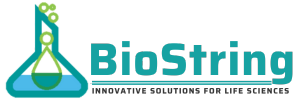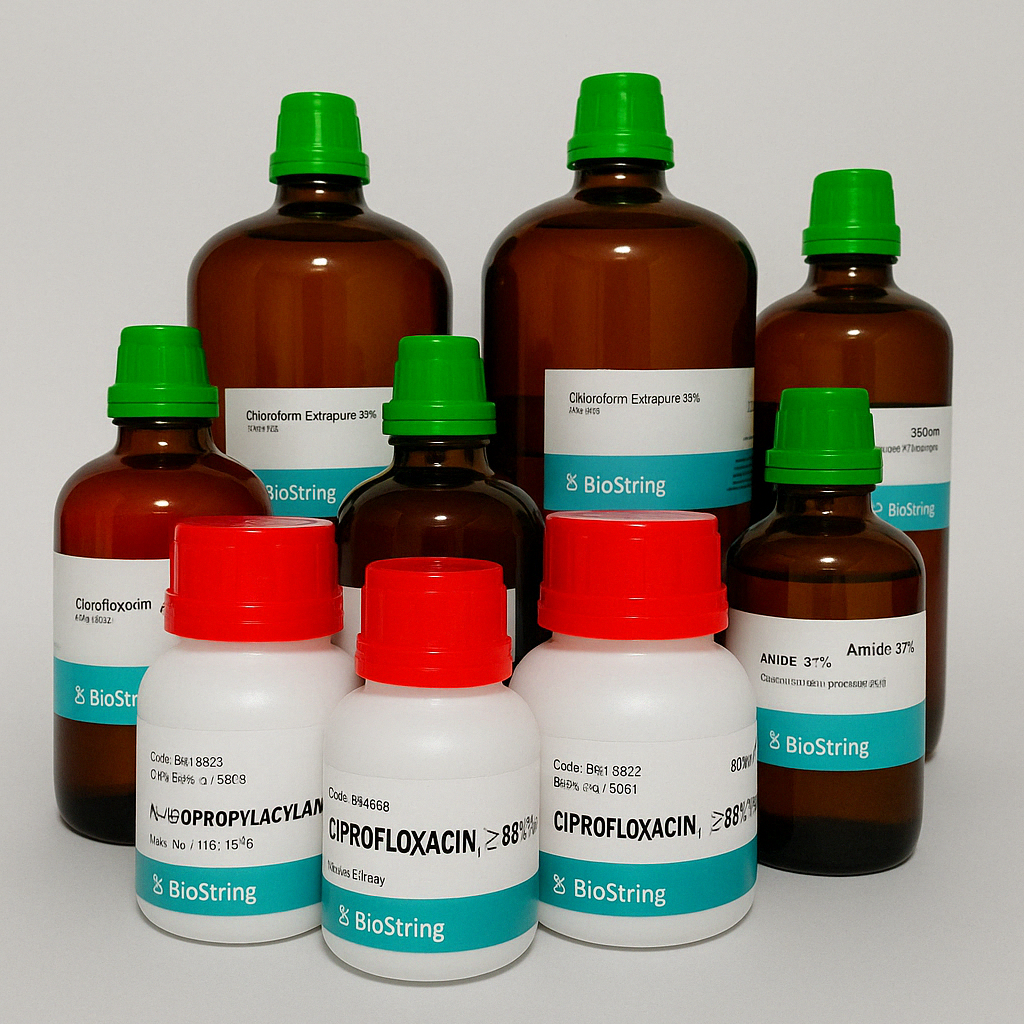Thrombin, a glycosylated sodium-activated type II enzyme, is also called coagulation factor IIa. It contains two anion-binding exosites, ABE-I and ABE-II. Thrombin exists as α, β, and γ isoforms at different stages of its generation. Bovine a-thrombin consists of a light chain (A chain) and a heavy chain (B chain). These two chains are joined by one disulfide bond.
| Synonym(s) | Thrombin, Coagulation factor IIa, Fibrinogenase |
| Quality Level | 200 |
| form | solid |
| Appearance (colour) | almost white |
| Appearance (description) | Powder |
| Activity (fibrinogen; pH 7.6; 37 °C): | ≥ 50 U/mg |
Biochem/physiol Actions
Thrombin is a serine protease critical in the blood clotting process and activates clotting factors V, VIII, XI, and XII. It mediates the conversion of inactive plasma protein fibrinogen (factor I) into biologically active fibrin. Thrombin acts as a pro-coagulant and promotes platelet aggregation. It can also produce anti-coagulant effects. It is used to treat bleeding from capillaries and small venules. During vascular injury, thrombin is crucial for controlling the macrophages, neutrophils, monocytes, SMC, and dendritic cells.



Reviews
There are no reviews yet.